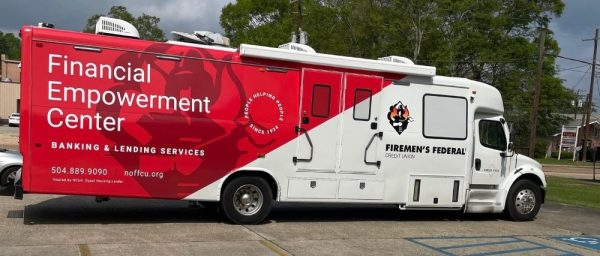It’s More Expensive Than Ever For Members To Insure A Car
Recent data shows the cost of auto insurance has dramatically outpaced car prices in the last two decades.
Recent data shows the cost of auto insurance has dramatically outpaced car prices in the last two decades.
With shares outpacing loans and indirect lending bringing in fewer members, credit unions focused on what they do best in the fourth quarter: serving core members.
Innovative solutions offer credit union auto lending programs flexible payment options, reduced financial risks, and strengthened member relationships
For more than five years, a second-chance auto loan program has helped credit- and income-challenged members buy a car, even when they don’t qualify via traditional underwriting.
Higher interest rates have forced members to pick and choose which debts to repay and which to postpone, which doesn’t fare well for revolving products.
Fluctuating loan demand upset credit union lending pipelines and balance sheets in the first half of the year. How significant were these impacts?
Credit unions have made the choice to back away from indirect auto lending, but that has come with a substantial opportunity cost.
The veteran leader and Motor City hype man looks back on a career centered on living the “people helping people” philosophy.
From sky-high housing prices to increased credit card spending and beyond, these are the prime factors influencing today’s lending landscape.
In this Q&A, CRIF Select President Jeremy Engbrecht explains how credit unions are navigating the competitive indirect auto loan industry.

CreditUnions.com revisits three credit unions to learn how their strategies have evolved since their original spotlight and see what’s in store for the future.

A national leader in urban agriculture shows how front-line insights drive real local impact — and why credit union branches are perfectly positioned to do the same.

Kirtland Credit Union’s five-tiered scoring system and rigorous approval process might look like red tape, but it’s streamlining resource allocation and improving efficiency for credit union for growth.

Half of Americans feel financially secure, yet one in five is suffering. A consortium of credit unions is changing the narrative by focusing on emotional engagement and trust.

Six credit union leaders share how they are balancing innovation and governance while deploying new tools.

Six credit union leaders share how they are balancing innovation and governance while deploying new tools.

After an anxious 2025, CFOs and observers across the industry are preparing for the year ahead — for better or for worse.

Quality payments are a hallmark of the ACH Network. Follow the rules and do right by members.

The next big storm in the Gulf isn’t an “if,” it’s a “when,” but the small Gulf-area credit union has a plan to help the community get back on its feet when the time comes.

Craft breweries demonstrate how commitment to value, operational agility, and community focus can ignite growth and drive property.